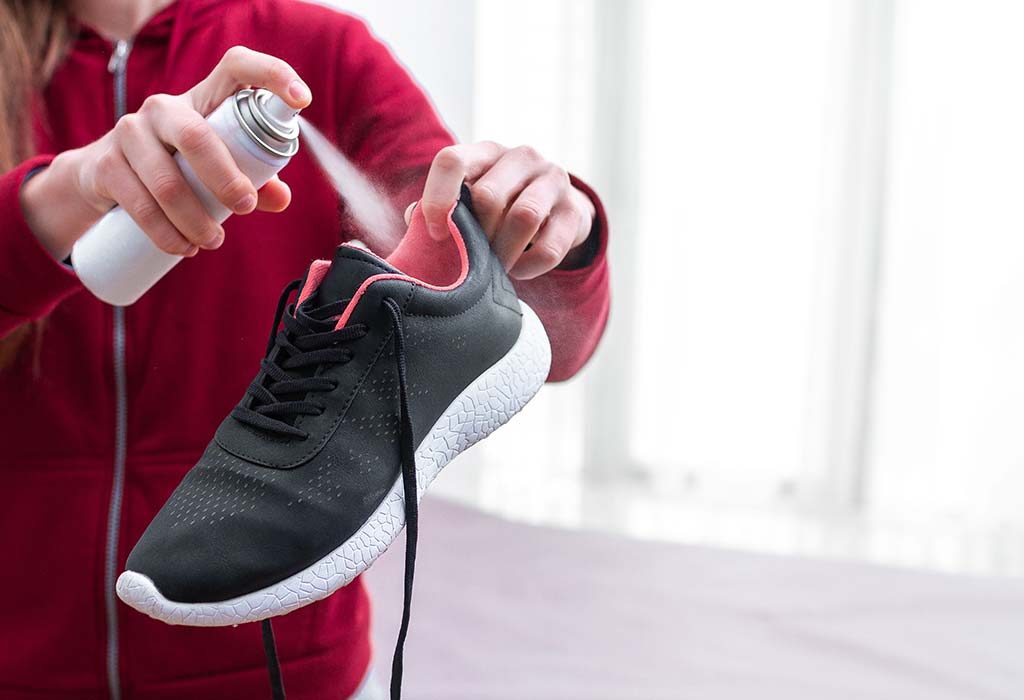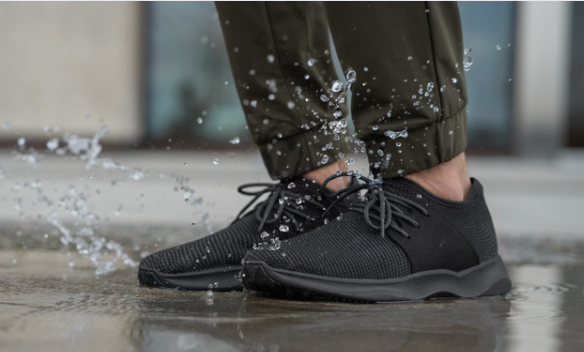As any avid shoe enthusiast knows, keeping your footwear fresh and odor-free is an essential part of shoe care. One of the most persistent and unpleasant problems is the mildew smell that can develop in shoes, especially if they’ve been exposed to moisture. In this comprehensive guide, we’ll explore effective methods for eliminating that mildew smell, share real-world footwear experiences, and provide detailed tips, tricks, and product highlights that will help you keep your shoes smelling fresh.
What Causes Mildew Smell in Shoes?
Mildew is a type of fungi that thrives in warm, damp environments. When shoes are left wet or stored in humid conditions, they become an ideal breeding ground for mildew. The result is that unpleasant, musty smell that can cling to your favorite pair of sneakers or loafers. Understanding the root cause of this odor is crucial for preventing it in the future.
Common Factors Leading to Mildew Smell
- Moisture: This is the primary trigger for mildew development in shoes.
- Storing Wet Shoes: Putting away damp footwear without proper drying can lead to mildew.
- Humidity: High humidity levels in your home or closet can exacerbate mildew growth.
- Material: Certain materials, such as natural fibers, are more susceptible to mold and mildew.

How to Get Rid of Mildew Smell: Step-by-Step Guide
Now that we’ve established what causes those unwanted odors, let’s delve into how you can effectively eliminate mildew smell from your shoes.

Step 1: Dry Your Shoes Thoroughly
The first step in combating mildew smell is ensuring that your shoes are completely dry. If your shoes are damp, here are a few methods to dry them efficiently:

Methods to Dry Shoes
| Method | Description | Pros | Cons |
|---|---|---|---|
| Air Drying | Remove insoles and laces, and leave shoes in a well-ventilated space. | No additional cost, natural. | Time-consuming, not effective in humid environments. |
| Use a Shoe Dryer | A device designed to blow warm air into your shoes. | Efficient, quick drying. | Requires purchase, potential electricity use. |
| Newspaper Method | Stuff wet shoes with crumpled newspaper to absorb moisture. | Inexpensive, environmentally friendly. | May need to replace frequently, potential ink transfer. |
Step 2: Clean Your Shoes
Once your shoes are dry, it’s time to clean them. Depending on the material of your shoes, the cleaning process may vary. Here’s an effective method using common household items:
DIY Cleaning Solution
Mix equal parts of water and white vinegar in a spray bottle. Lightly spray the inside of your shoes and let them sit for at least 30 minutes before wiping them down with a clean, dry cloth. Vinegar not only helps eliminate odors but also has antimicrobial properties.

Real-World Experiences: Success Stories
Now, let’s dive into some real-life experiences shared by shoe enthusiasts who faced the mildew smell challenge and emerged victorious.

Case Study 1: John’s Sneaker Revival
John, a dedicated hiker, noticed that his favorite pair of trail runners had developed a musty odor after several outdoor adventures in wet conditions. After trying several methods with little success, he decided to use a combination of the vinegar solution and a thorough drying process. “Once I used the vinegar mix, I could immediately tell a difference,” he shared. “I made sure to store them in a drier place afterward, and now they smell fresh!”

Case Study 2: Sarah’s Dance Shoes Dilemma
Sarah, a dance instructor, faced similar issues with her dance shoes. With daily use and occasional exposure to sweat, she battled mildew regularly. She invested in a shoe dryer and regularly cleaned her shoes with baking soda and water. “I never expected a simple shoe dryer could save my shoes,” she remarked. “It’s made a world of difference.”

Additional Tips to Prevent Mildew Smell
Preventing mildew smell from returning is just as important as treating it. Here are some pro tips to keep your footwear odor-free:

Store Your Shoes Properly
Invest in breathable shoe bags or boxes. Avoid plastic containers, as they trap moisture. Choose storage in a cool, dry area and periodically check your footwear for any signs of moisture.
Use Odor-Fighting Products
Consider using foot powders or odor-fighting insoles. These products can help absorb moisture and neutralize odors, making them useful for day-to-day wear.
Product Highlights: Recommended Solutions
Let’s explore some of the best products available that can help you tackle mildew smell effectively.
Best Cleaning Products
- Baking Soda: An effective deodorizer that can absorb smells when sprinkled inside shoes overnight.
- Activated Charcoal Bags: Place them inside your shoes to absorb moisture and odors.
- Odor-Eliminating Sprays: Brands like Fresh Wave offer natural sprays that neutralize odors without harsh chemicals.
Shoe Dryers
Consider investing in a high-quality shoe dryer. The PEET Dryer has received positive reviews for its effectiveness in drying shoes and preventing odors. It’s energy-efficient and works for various shoe types.
Pros and Cons of Different Methods
Each method for eliminating mildew smell has its advantages and disadvantages. Here’s a breakdown:
Pros and Cons Comparison
| Method | Pros | Cons |
|---|---|---|
| Vinegar Solution | Natural, effective, inexpensive. | Strong smell initially, not suitable for all materials. |
| Baking Soda | Safe for most materials, absorbs odors. | Needs time to work, may require multiple applications. |
| Activated Charcoal | Very effective, long-lasting. | Requires purchase, needs to be replaced periodically. |
FAQs About Eliminating Mildew Smell in Shoes
1. Can I use bleach to clean my shoes?
It’s generally not advisable to use bleach on shoes unless specified for that material. Bleach can damage fabrics and leathers.
2. How often should I clean my shoes?
It’s ideal to clean your shoes after every few wears, especially if they’ve been exposed to moisture or sweat.
3. What if my shoes still smell after cleaning?
If odors persist, consider using a second cleaning session with a stronger product or invest in deodorizing insoles.
4. Are there specific types of shoes more prone to mildew?
Yes, shoes made from natural fibers or those that retain moisture, such as canvas shoes, can be more prone to mildew growth.
5. Can I put my shoes in the washing machine?
This depends on the material. Some shoes can be machine washed, but always check the care label first.
6. How do I know if I have mildew or just regular odor?
Mildew typically has a musty smell, often accompanied by discoloration or a fuzzy texture in the shoe lining.
7. What environmental factors contribute to mildew smell?
Humidity, temperature fluctuations, and inadequate air circulation in storage areas can contribute to mildew growth.
8. Are there any natural remedies for preventing mildew smell?
Yes! Using essential oils like tea tree or lavender can help prevent mildew when added to cleaning solutions or used in storage.
9. How can I tell if my shoes are ruined by mildew?
If your shoes are constantly damp, have a persistent smell even after cleaning, or exhibit signs of mold, it may be time to replace them.
10. Should I discard shoes with mold?
In severe cases, it may be safer to discard them, especially shoes that have been heavily contaminated with mold. Always prioritize your health.
Final Thoughts
Dealing with mildew smell in shoes doesn’t have to be a daunting task. With the right knowledge and proactive measures, you can keep your footwear fresh and enjoyable to wear. Whether you opt for DIY solutions or invest in specialized products, you now have a variety of options at your disposal to combat those pesky odors. Happy shoe care!